A human rights crisis that has occurred for generations yet has only recently steadily garnered widespread media attention; the murders and disappearances of Indigenous women. Across Canada and the United States, there has been an ongoing movement for many years now to tackle the pervasive and historic issue of violence against First Nations and Native American women.
Indigenous women are often targets for violence due to a multitude of contributing factors. It is no secret that Indigenous peoples of both Canada and the United States have been ostracized and subjected to countless atrocities since the early days of colonization. The legacy of colonialism has left Indigenous communities socially, economically, and politically disenfranchised. Subsequently, Indigenous communities face the highest levels of poverty among any racial group in the United States. According to the U.S. Census Bureau, the national poverty rate for Native Americans was 25.4% in 2018. The extreme circumstances of poverty that Indigenous communities face have made Indigenous women more susceptible to violence than other groups. In addition to the racial wealth gap, the generational trauma passed down from horrific events in recent history such as residential schools has further contributed to this cycle. The National Crime Information Center reported 5,712 cases of missing Indigenous women in 2012 alone.
According to the National Institute of Justice, Indigenous women in the United States are more likely than any other demographic group to be subjugated to violence. Findings from a study by the National Inquiry into Missing and Murdered Indigenous Women and Girls show that Indigenous women are between three and four times more likely to be subjected to violent crime. Yet, less than half of these incidents against Indigenous women in the United States are estimated to have been reported. Nonetheless, when incidents are reported, they are often quickly shelved or never reported to the appropriate agencies by local authorities. This negligence can be directly credited as one of the main reasons why perpetrators are less likely to be apprehended or face consequences. Occurrences of violence that take place on Native reservations and communities are particularly known to remain unprosecuted.
The Major Crimes Act of 1885 significantly inhibited the jurisdiction of tribes to prosecute crimes. Between 2005 and 2009, United States Attorneys’ Offices received 10,000 criminal cases from Native communities, of which 77% were violent crimes. The U.S. Attorneys’ Offices refused to prosecute over half of those crimes.
Crimes against Indigenous women remain disregarded even in urban centers across the country. Many major cities lack adequate data collection and have failed to comply with data requests required by the Freedom of Information Act. There is a significant lack of data reporting on crimes against Indigenous women in general, and this is further compounded in urban centers. The Urban Indian Health Institute found that there were at least 153 cases not found in law enforcement databases.
A well-known connection has also been established between the murders and disappearances of Indigenous women and instances of sexual harassment, sexual assault, and sex trafficking. Nearly one-third of all Indigenous women have reported being sexually assaulted during their lifetime, and this is only what has been reported. A staggering 67% of these assaults are perpetrated by individuals who are not Indigenous.
While the issue largely remains overlooked and unresolved, there have been small efforts by the United States government to make a difference. In 2010, the Tribal Law and Order Act was passed which granted tribes the ability to increase jail sentences for criminal activities, including acts of violence towards Indigenous women. In 2013, the Violence Against Women Act was reauthorized and granted tribes the jurisdiction to both investigate and prosecute felony domestic violence offenses on reservations. In 2019, the House of Representatives passed another reauthorization of the Violence Against Women Act that would have substantially increased the prosecution rights of tribes. However, the bill was rejected by the Senate – a testament to the continuous lack of regard or concern for the lives of Indigenous women.
On a state level, there have been many more recent initiatives and legislation passed in Arizona, Minnesota, Washington, and Wisconsin to take steps forward in documenting missing and murdered Indigenous girls and women and increase awareness. Yet, federal law still creates challenges with the prosecution of non-Indigenous individuals on Native land.
On May 5, 2018, the United States government declared the National Day of Awareness for Missing and Murdered Native Women and Girls in hopes of raising awareness for missing and murdered Indigenous women, as well as improving relations between tribal and federal governments.
One of the most crucial steps in solving the issue is acknowledging it in the first place. In order for change to take effect, the stories of missing and murdered Indigenous women must be told. Their names must be said. They must be never forgotten.
Kimberly Iron 21, of Billings, Montana. Missing since September 22, 2020.
Selena Not Afraid 16, of Billings, Montana. The body was found on January 20, 2020.
Faith Lindsey 17, of Pauls Valley, Oklahoma. Missing since October 28, 2019. The body has never been found.
Cecelia Barber Finona 59, of Farmington, New Mexico. Body found in February 2021.
Jermain “Liz” Morigeau 23, of Missoula, Montana. Missing since June 16, 2018.
Khadijah Britton 23, of Covelo, California. Missing since February 8, 2018.
Olivia Lone Bear 32, of New Town, North Dakota. The body was found on July 31, 2018.
Ashley Loring Heavyrunner 20, of Blackfeet Reservation, Montana. Missing since June 5, 2017.
Faith Hedgepeth 20, of Chapel Hill, North Carolina. Murdered on September 7, 2012.
Sherryl Lynn Jacquot 43, of Stilwell, Oklahoma. Missing since July 3, 1999.
Monica L. Bercier Wickre 42, of Aberdeen, South Dakota. The body was found on June 16, 1993.
And these are only select examples highlighted by NBC’s Dateline program. There are innumerable cases of Indigenous women who have gone missing or have been murdered, and many more that have never been reported. There is no excuse for the inadvertent disregard for the lives of Indigenous women and girls. No one shall be complicit in ensuring that Indigenous women are protected that their cases are thoroughly investigated and aggressors are prosecuted. The violence and homicides must come to an end and it is the responsibility of everyone to ensure that it does.

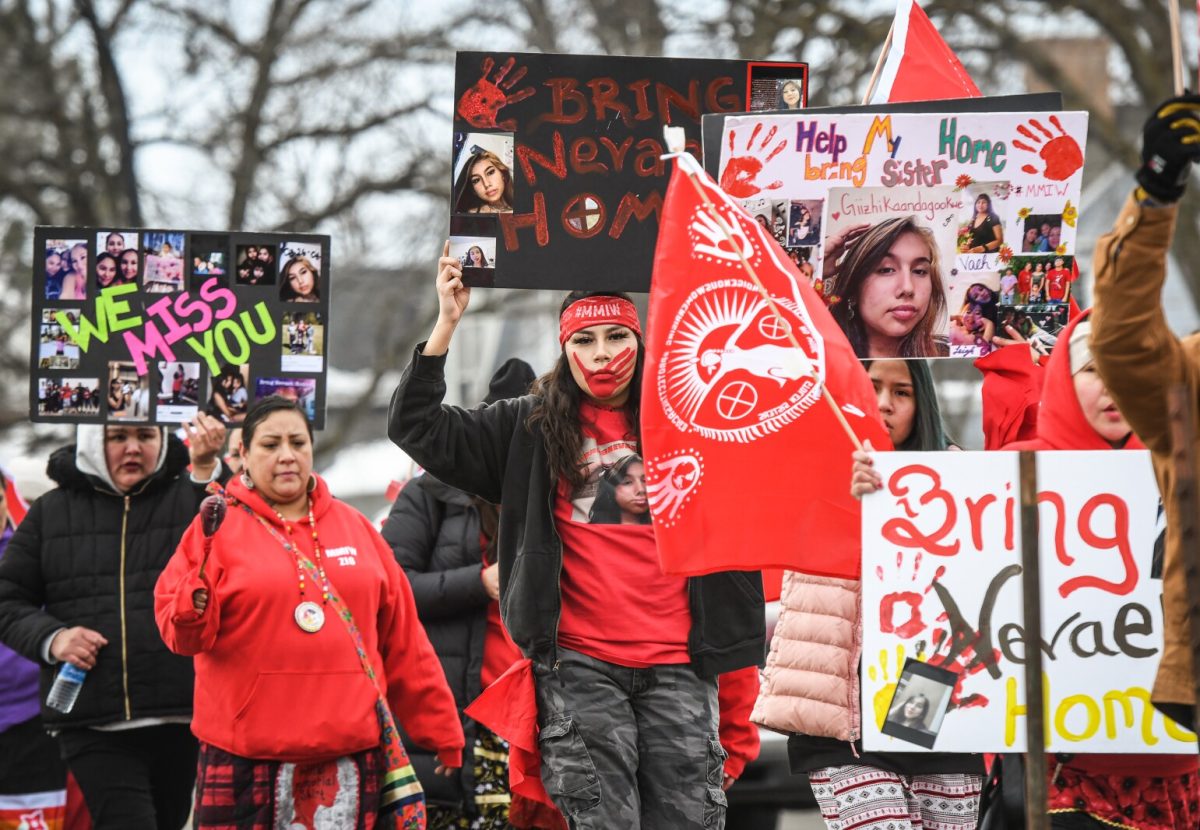
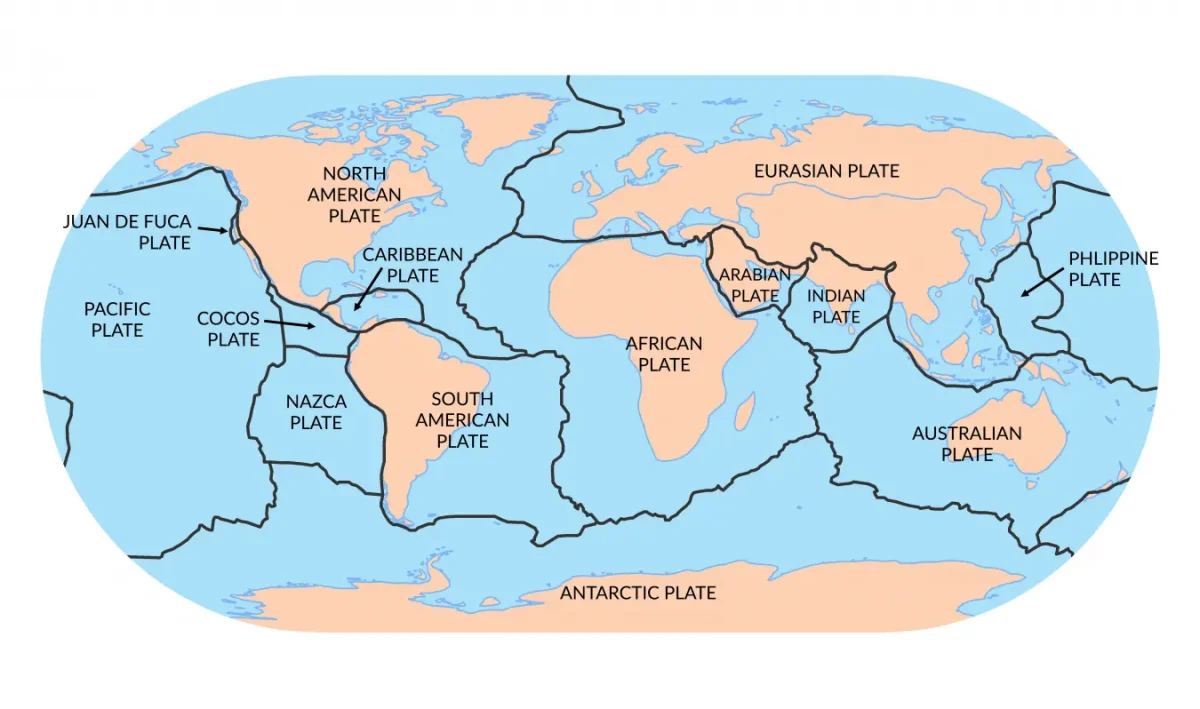
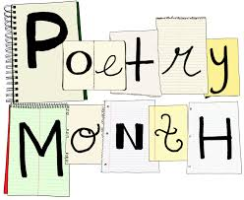
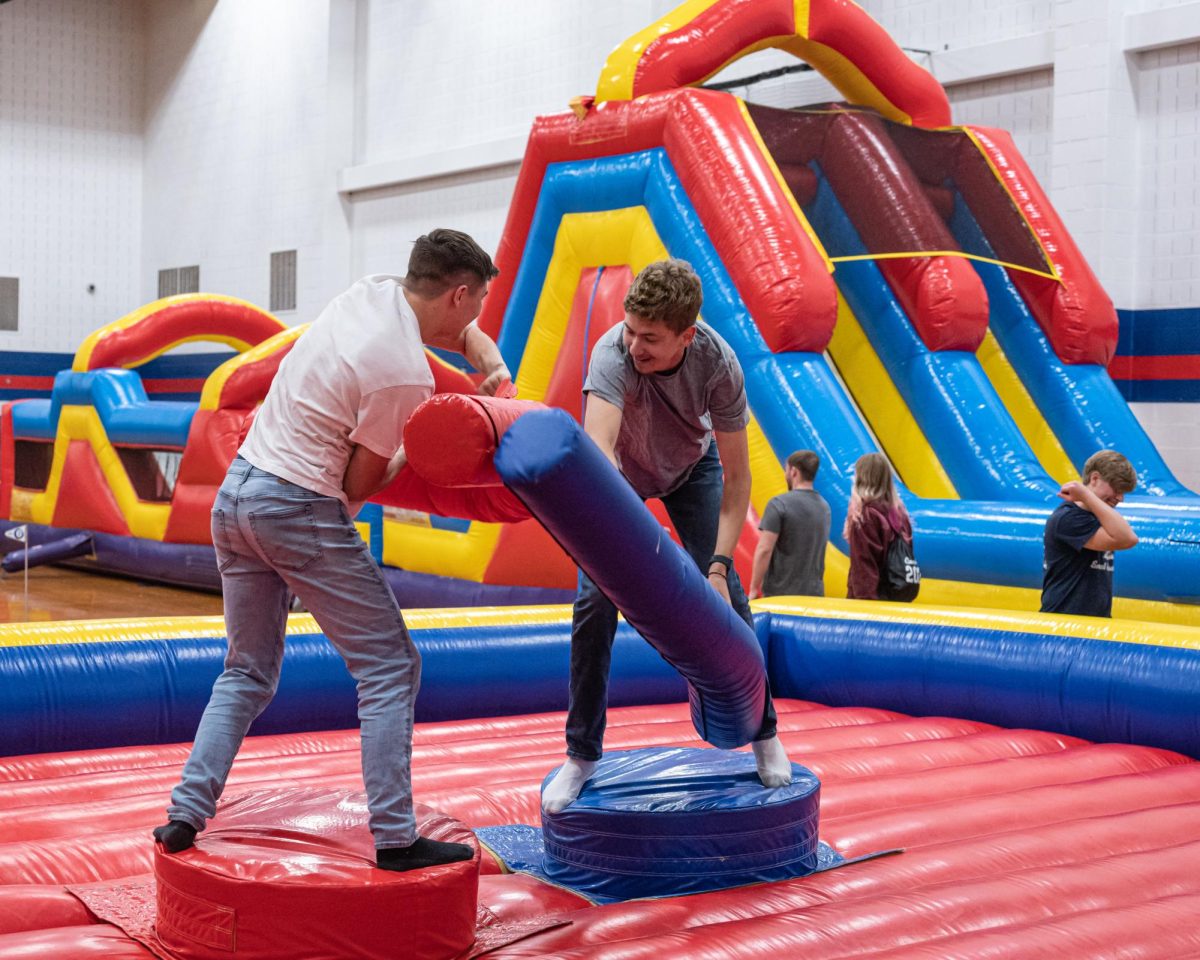
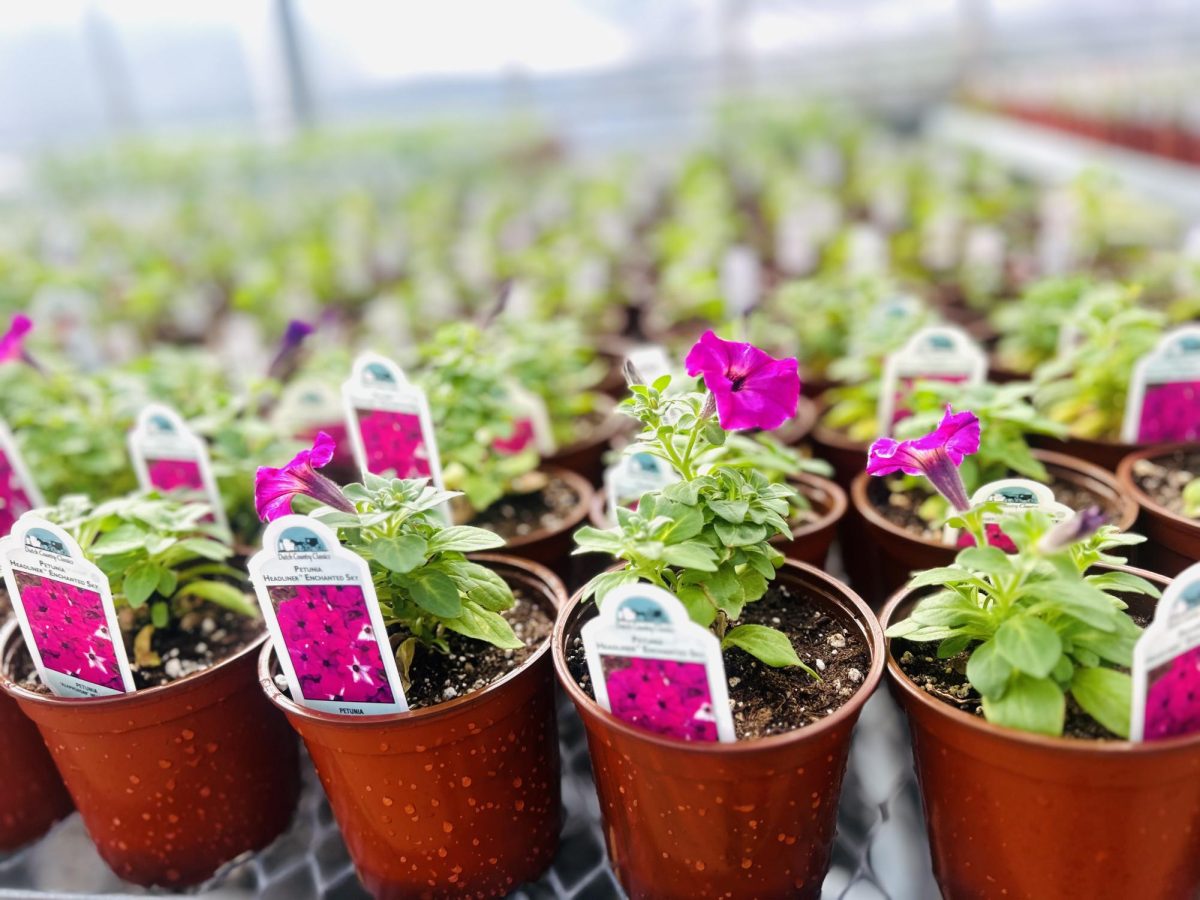
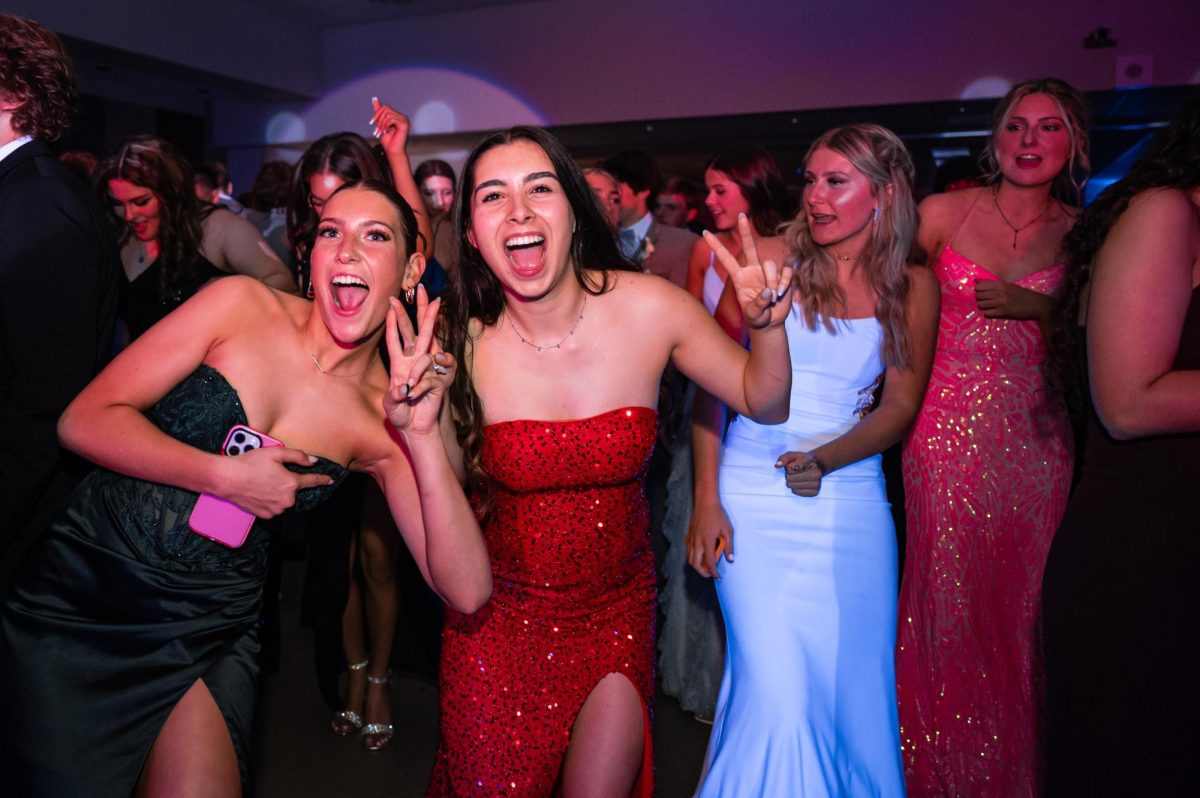
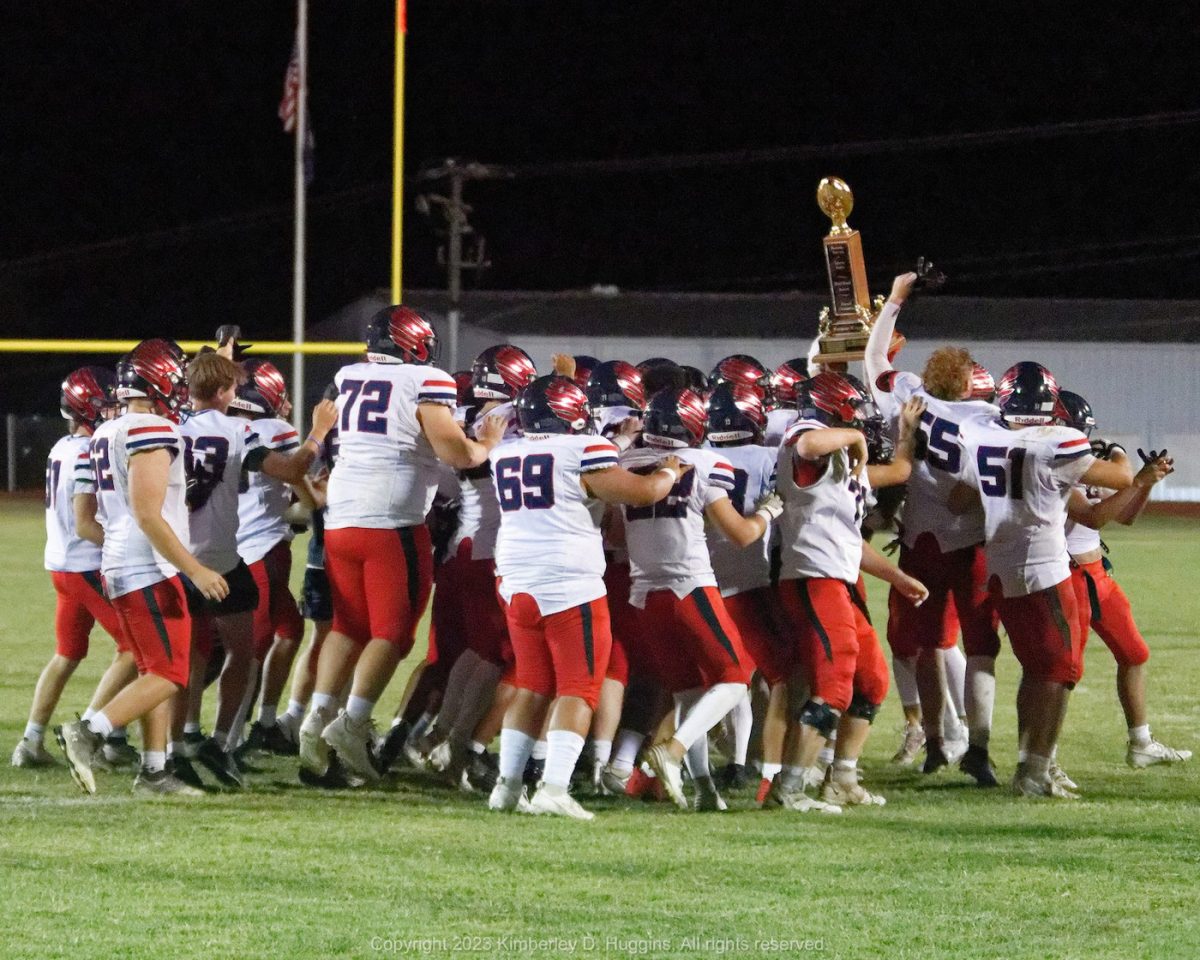
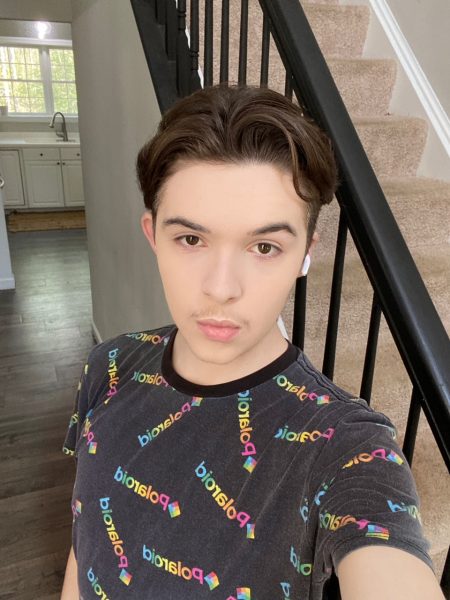
Liz Montecinos • Mar 7, 2024 at 1:29 pm
I’ve read various books that cover the mistreatment of indigenous women and I can confidently state that this article was very well written. I’m so happy that this topic is receiving more coverage. These are the conversations that we need to be having!